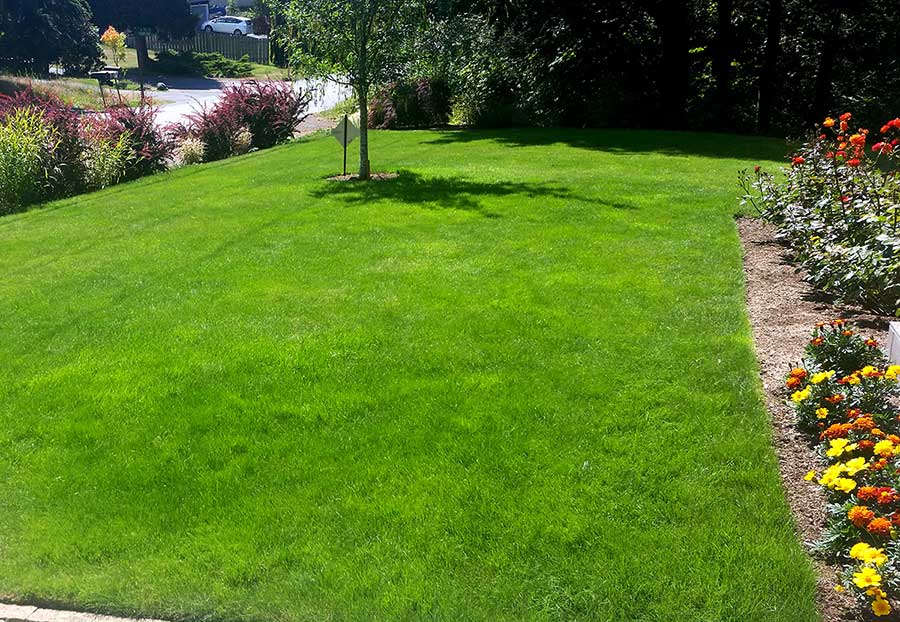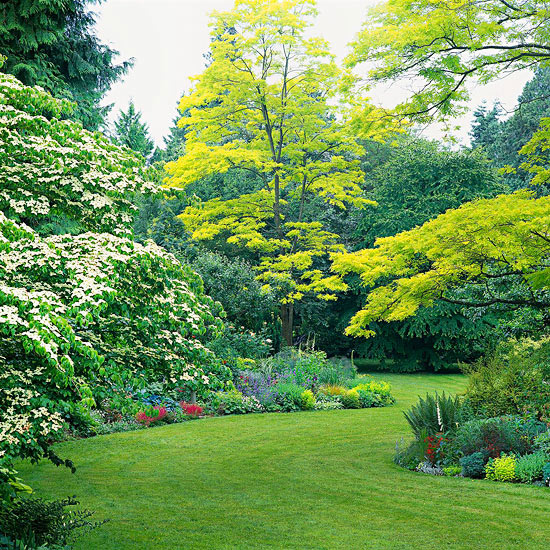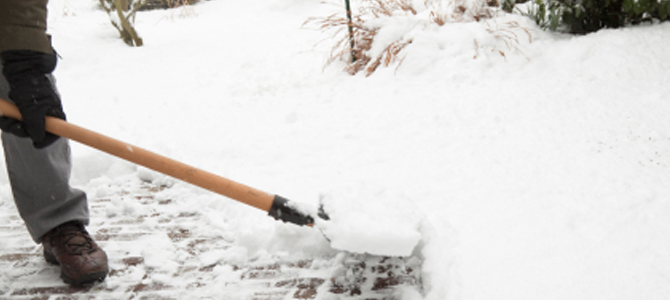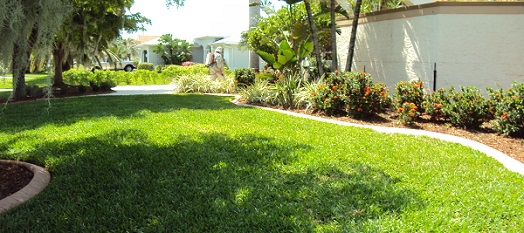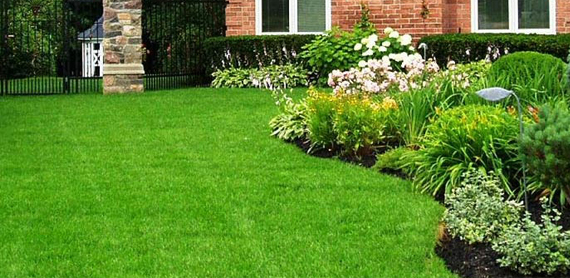Do you need some motivation to perform fall garden care? Well, just think of all the joy your planting beds provided you during the spring and summer. Don’t you want more of the same next year? Assuming you do, there are tasks you can undertake in autumn to help your landscape get off to a good start once the warm weather returns.
But there’s more than the garden to think about. There are a number of serious lawn care chores and related tasks for the landscaper to complete to winterize the yard in fall and ready the landscape for the next growing season.
Let’s take a brief look at some of the chores you should be performing in autumn, from Lawn Care Hastings NE to winterizing trees and shrubs and taking care of your equipment.
Essential Autumn Lawn Care
During autumn, don’t stop trying to improve the health of your grass for next year — or at least trying to maintain the status quo. For one thing, you’ll want to try to remove broadleaf weeds and thereby remove some competition for available nutrients and water. Along the same lines, have a soil test done to check, for example, on the soil pH of your lawn. If the test should show excessive acidity, apply lime immediately (its effects don’t kick in right away). If, on the contrary, your soil is too alkaline, apply sulphur or contact with your local Lawn Care Ayr NE.
Everybody knows that we should rake leaves in fall as part of the winterizing process for lawns, but many don’t know exactly why we rake leaves. But anyone who has ever raked them knows that it’s tedious work.
Some people choose to use leaf blowers, instead. Here’s another option: before putting your lawn mower to bed for another winter, fire it up (making sure the grass catcher is attached) and run over the leaves with it. Sort of like “vacuuming” the leaves off your lawn. When you’re done, be sure to provide the proper lawn mower care to winterize it.

Many people who have lawn problems do not realize how detrimental thatch build-up is to their grass. An advantage to raking leaves (as opposed to resorting to gadgetry) is that you can dethatch your lawn at the same time: a vigorous raking will extricate some of the thatch that may be plaguing your lawn. But for cases of severe soil compaction, you’ll probably have to use the technique known as core aeration.
Overseeing Lawns in the Fall
Then there’s the matter of overseeing. Consult the general guidelines offered in the following resources:
- Overseeing Lawns With Cool-Season Grasses
- Overseeing Lawns With Warm-Season Grasses
Note: You should already have applied fertilizer lightly to cool season grasses in late summer / early fall (the “bridge feeding”). Since these grasses are most active during periods of moderate weather (not too hot, not too cold), it is precisely at this time that they can best use the nutrients provided by a fertilizer. Fertilization promotes root growth and helps the lawn recover from the summer heat, while preparing it for the next growing season.
Such fertilizers are designed to help you winterize lawns.
Fall Garden Care: Winterizing Garden Beds and Vegetable Beds
After harvesting your fruits and flowers, fall Landscaping Ayr NE should ascend to the top of your agenda. Remove old plant matter from the garden, placing it in your compost bin. Leaving it behind in the garden would invite plant diseases next growing season.
Some people choose to rototill their garden soil at this time, although some experts say that excessive rototilling may do more harm than good. But some people rely on small garden tillers to keep down weeds in vegetable gardens. Rototilling in fall may seem premature; but it will make your spring gardening work go much easier. Drain the old gas out of the rototiller afterwards.
If you are going to rototill the garden, this is the time to apply lime (if soil tests have indicated that your pH is too low).
The effects of liming don’t manifest themselves for several months, so liming in the spring is too late for next year’s crop.

You’ll also need to protect your topsoil from the rigors of winter. You have two options here: You can plant a cover crop for large beds or you can apply a mulch. Mulching is more efficient for smaller beds. And landscapers have a ready source of mulch in the leaves that they rake.
Perennial garden beds ideally should be cleaned up and mulched as part of your work in fall gardens. Remove old stalks and leaves — you’ll have to do so in the spring anyways, so you might as well be a step ahead. But if, for whatever reason, you are not able to mulch your perennial beds in the fall, then do not clean away the old stalks and leaves either — they will serve as a makeshift mulch, affording some small degree of protection to the roots of your perennials. In other words, the cleaning and the mulching go together: either do both or neither one. But it is best to do both, in order to keep your garden disease-free and well insulated.
Some garden experts like Aeration Ayr NE recommend spreading compost on the soil as well at this time. I personally disagree with this strategy, feeling that it is a waste of compost. I recommend keeping your compost protected in a compost bin during the winter, waiting until planting season to spread it in the garden.
Winterizing Trees and Shrubs
Winterize small deciduous shrubs that have fragile branches with a lean-to or some other sort of structure to keep heavy snows off their limbs. Deciduous shrubs provide no interest in winter anyways, so you are not losing anything visually by covering them. Evergreens, by contrast, are the cornerstone of winter landscaping aesthetics.
To a great degree winterizing trees and larger shrubs can be achieved simply by watering them properly in the fall, since the winter damage that they sustain often stems from their inability to draw water from the frozen earth. “Avoid watering trees in late summer or early fall before the leaves fall so they can ‘harden off’ for winter,” states Sherry Lajeunesse, in a Montana State University Extension article.
“Then in late fall, after deciduous trees drop their leaves but before the ground freezes, give both evergreen and deciduous trees and shrubs a final deep watering to last them through the winter.” The same source also reminds us to “water under the entire canopy area and beyond,” to cover the entire root area.

Prepare Your Tools for Winter
While caring for the living areas of your yard will take up most of your time and energy, your tools deserve some attention too. Proper storage and maintenance of your gear will help get your spring gardening get off to a great start.
Bring in the garden hose and go down into the basement to turn off its water source in the fall. You don’t want those pipes bursting when the temperatures fall into the teens, do you?
With winter approaching, your “pampered beasts” are no longer going to be the lawn mower and rototiller. The snowblower is again ready to assume that honor. Snow is as much a reality of the northern landscape in winter as grass is in summer. Pamper your snowblower accordingly! Make sure you change the oil, install a new spark plug, inspect belts for wear and replace if necessary, lube the drive and chasis and fill with fresh, clean gasoline
And what maintenance should you perform on your lawn mower before storing it away? Drain out the gas in late fall. You’ll be glad that you did, next spring, when you go to start up the lawn mower again. Letting the old gas sit around in the lawn mower all winter and get gummy is not conducive to having easy lawn mower maintenance next spring, when you begin mowing again — the lawn mower won’t start up easily.
How to Winterize Your Compost Bin
Winterizing your compost bin. You have worked hard all spring, summer and fall building up your compost pile and mixing it to achieve optimal decomposition. Don’t let any of your work go to waste! You don’t want precious nutrients eroding away or being swept off by wintery gusts and feel free to contact with your local lawn professionals and if you are in Lexington so Lawn Maintenance Ayr NE will be your best choice. If your compost bin has no cover, then cover it with a tarp in the fall. To insulate it from winter freezing so as to hasten its usability in spring, apply a layer of raked leaves on top and all around the perimeter (bagging the leaves if necessary to hold them in place).
While we’ve covered such tasks as winterizing lawns, trees and shrubs and other miscellaneous tasks, you may have specific features on your landscape that will require additional attention in the autumn. For instance, owners of in-ground swimming pools or elaborate water gardens will have to engage in winterizing tasks specific to these features. Always follow manufacturers’ recommendations.





